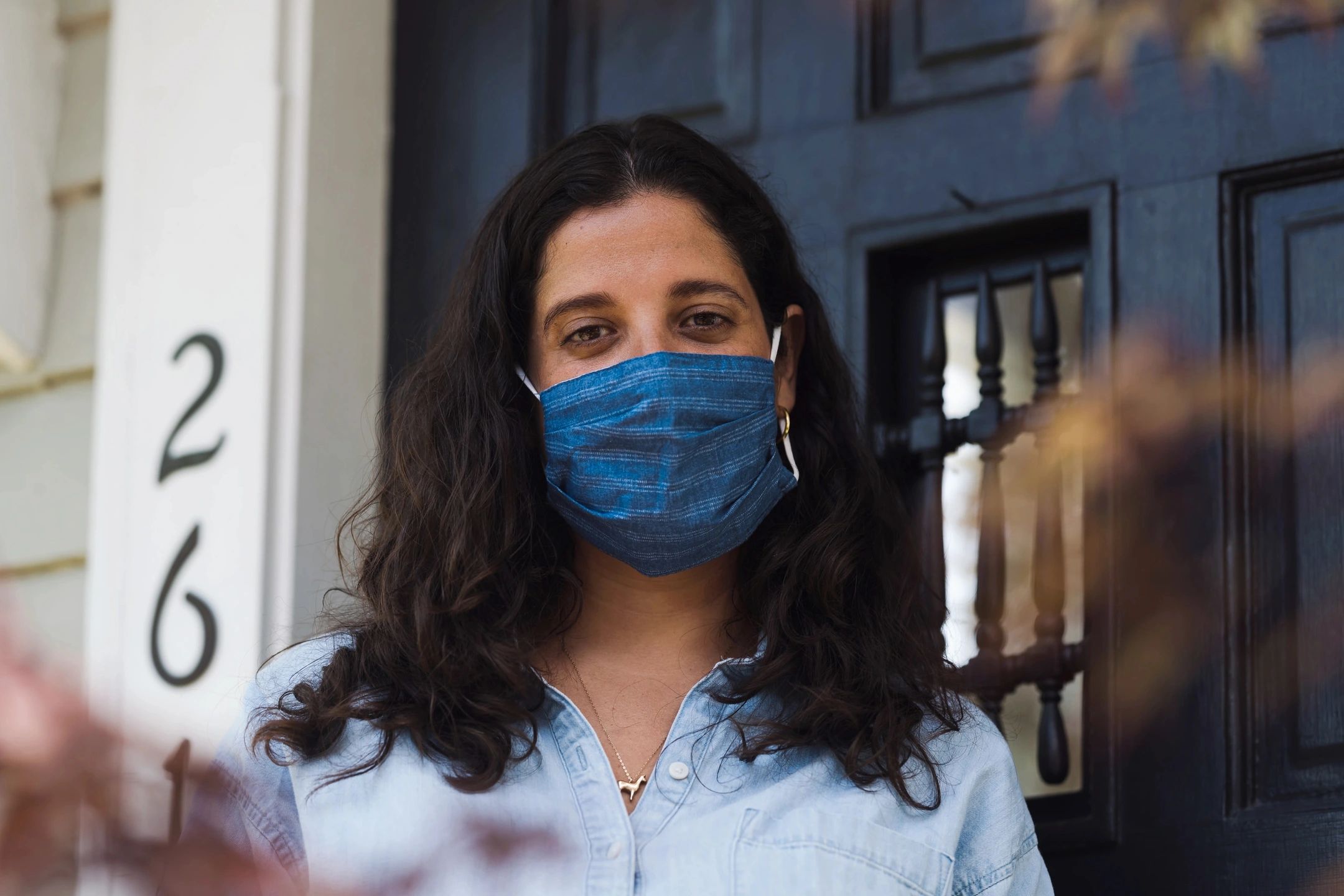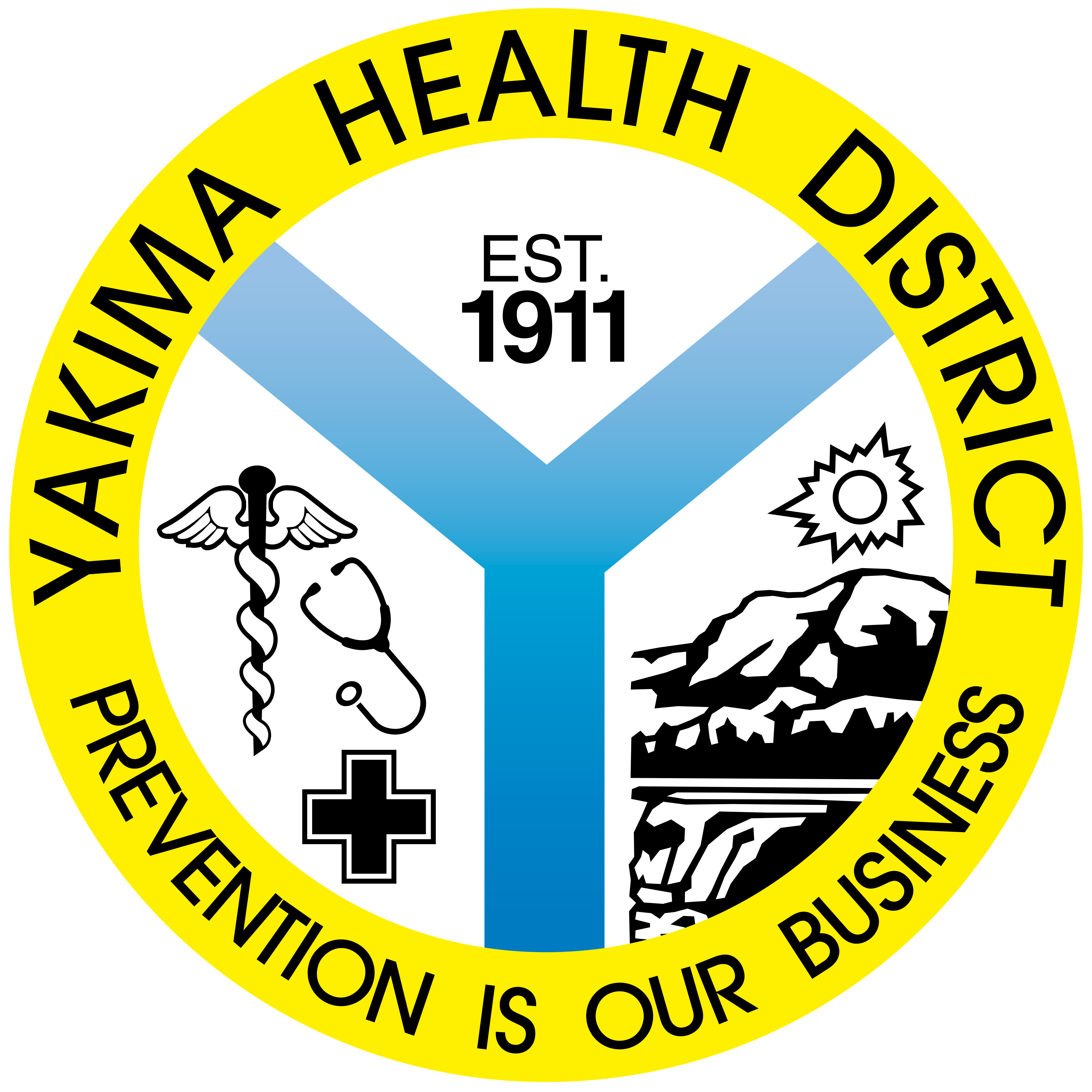
Requested actions
- Be aware, the state Department of Health (DOH) announced COVID-19 vaccine Phase 1B will start soon. People eligible in Phase 1A should get vaccinated now, before their priority ends.
- Be aware, DOH’s Phase Finder tool can tell users if they are eligible for Phase 1A and where they can get vaccinated. Starting Jan. 18, the tool will be able to tell users if they are eligible for Phase 1B and where they can get vaccinated.
- Be aware, both the Centers for Disease Control and Prevention (CDC) and Food and Drug Administration (FDA) released guidance on the timing of second-dose vaccinations. People should not receive their second dose earlier than recommended. There is no maximum interval between first and second doses.
Background
Vaccine eligibility and access
Demand for vaccine is high and vaccine supply remains limited. DOH announced they will soon open vaccination to people in Phase 1B. People eligible in Phase 1A should get vaccinated now, before they lose their priority place in line. Phase Finder can tell users if they are eligible in Phase 1A and where they can get vaccinated.
DOH’s Phase Finder tool launches for the public Jan. 18. PhaseFinder is DOH’s online tool to help determine when you are eligible for vaccination and where to go to get vaccinated. If people aren’t currently eligible, the tool takes your contact information and notifies you when they are eligible.
Phase 1A
- People who work in healthcare settings.
- High-risk first responders.
- Long-term care residents and staff.
Phase 1B
Tier 1
- People 70 years or older.
- People 50 years or older who live in multigenerational homes.
Tier 2
- Critical workers at high risk of exposure at work who are 50 years or older.
Tier 3
- People 16 years or older with multiple underlying health conditions.
Tier 4
- Critical workers at high risk of exposure at work under age 50.
- Anyone living in a congregate setting.
Vaccination spacing
On Jan. 6, CDC revised interim clinical considerations for use of mRNA COVID-19 vaccines currently authorized in the united states. The updated guidance states people should not be scheduled to receive their second dose earlier than recommended. There is no maximum interval between first and second doses. If the second dose is given after the recommended timeframe, there is no need to restart the series.
Vaccine allocation and administration
All vaccine currently on hand is for first dose vaccination. Do not hold off on giving people their first dose. Two weeks after ordering first dose vaccine, DOH automatically orders second dose vaccine. If you want to delay or cancel your second dose order, email DOH at covid.vaccine@doh.wa.gov.
At times, additional doses can be obtained from both Pfizer and Moderna multi-dose vials. The FDA released guidance on how to properly use extra doses. Whether an extra dose is obtainable depends, in part, on the type of syringes and needles used to withdraw doses from the vials. The vaccines do not contain preservative. If the amount of vaccine remaining in the vial cannot provide a full dose, discard the vial and content. Do not pool excess vaccine from multiple vials to create one dose. To accommodate additional doses sometimes available in vials, DOH will order and distribute additional ancillary kit supplies. Beginning Jan. 18, all ancillary kits will be upsized.
Vaccine costs
Patients should not pay out-of-pocket to get COVID-19 vaccine. Enrolled providers must give the vaccine regardless of a patient’s ability to pay. Providers may bill a patient’s health plan or program. Providers may not bill the patient for the balance. For details, see CDC’s information on filing claims for reimbursement.
Additional resources
- COVID-19 vaccine for providers
- COVID-19 vaccine and enrollment information for providers—DOH.
- COVID-19 vaccine provider toolkit and resources—DOH.
- COVID-19 vaccination for providers—CDC.
- Clinical considerations for COVID-19 vaccination—CDC.
- Vaccination distribution plan and Phase 1a guidance—DOH.
- Pfizer-BioNTech COVID-19 vaccine information for providers—CDC.
- Moderna COVID-19 vaccine information for providers—CDC.
- ACIP’s interim considerations for preparing for management of potential anaphylaxis at COVID-19 vaccination sites—CDC.
- Providers authorized to administer and order vaccines—DOH.
- COVID-19 vaccine training module on best practices for providers—CDC.
COVID-19 test processing
Labs report varying amounts of time to process COVID-19 tests. To support faster turnaround, we encourage providers to use in-state labs. See current COVID-19 test processing times for in-state private labs below.
| LAB | TIME TO PROCESS TEST | TESTS PROCESSED DAILY |
|---|---|---|
| FidaLab | 24-48 hours | 2,000 |
| Kaiser | 24 hours | 1,000-1,300 |
| LabCorp | 48 hours | 5,000 |
| Northwest Pathology | 24-48 hours | 13,000 |
| Quest | 24-48 hours | 8,000 |
| UW Virology | 24-48 hours | 10,000-14,000 |
| Atlas Genomic | 48-72 hours | 3,000 |
Patient education
Share the following materials with patients.
- What to do if you have COVID-19.
- What to do if you may have been exposed to COVID-19.
- What to do if you have COVID-19 symptoms and have not been tested or exposed.
